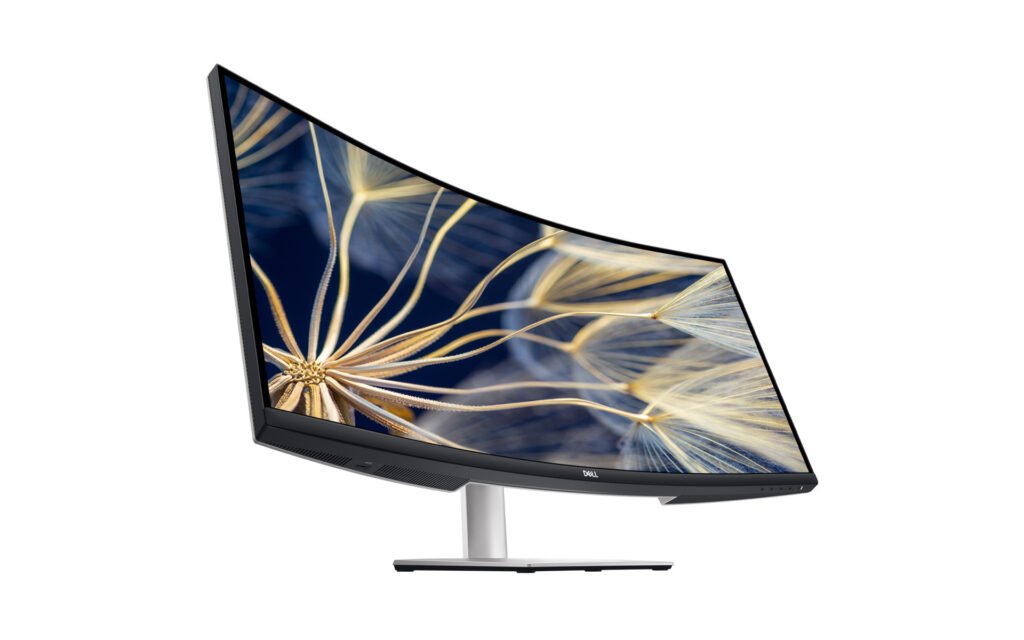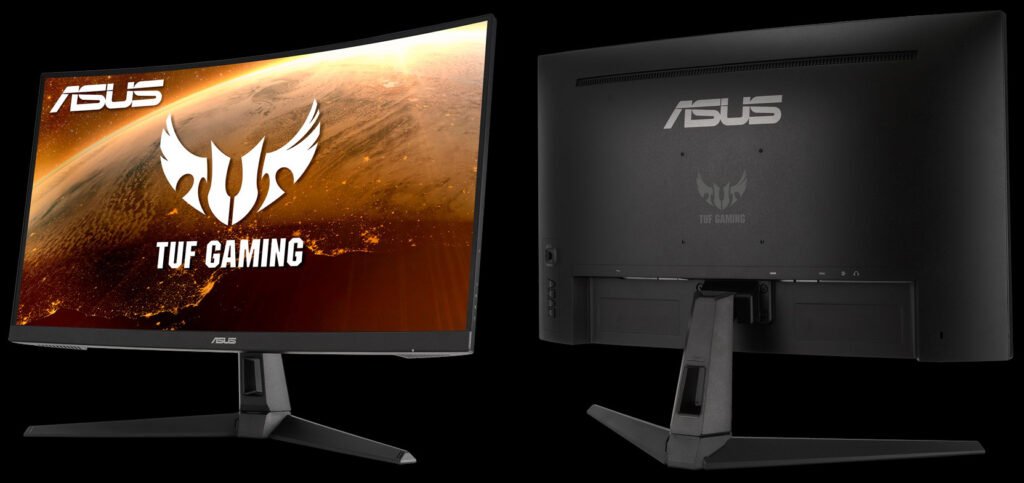Understanding Refresh Rate (Hz) and Frame Rate (FPS)
The refresh rate, measured in hertz (Hz), indicates how many times per second a monitor updates its displayed image. For instance, a refresh rate of 60 Hz means the screen refreshes the image 60 times in one second. In contrast, frame rate, often referred to as frames per second (FPS), measures how many unique images are generated by the graphics card in one second. While refresh rate pertains to the monitor’s display capabilities, frame rate reflects the performance of the graphics card alongside the game’s or video’s rendering process.
Understanding the interplay between refresh rate and frame rate is crucial for achieving optimal visual performance. A high refresh rate, such as 144 Hz or even 240 Hz, can significantly enhance the visual experience, especially in fast-paced gaming scenarios, by making movements smoother and reducing motion blur. However, if the frame rate is not in sync, such as when a graphics card produces only 60 FPS while a monitor supports 144 Hz, the potential of the higher refresh rate goes unutilized. This scenario can lead to screen tearing, where multiple frames are displayed simultaneously, resulting in a disjointed visual experience.
For various applications, different specifications are recommended. Gaming, particularly first-person shooters or racing games, benefits from a higher refresh rate of 144 Hz or more alongside a frame rate that matches, ideally above 60 FPS. In video editing, a refresh rate of 60 Hz is typically sufficient, but consistent frame rates are critical to ensure smooth playback during editing. Daily usage, including web browsing or office applications, generally requires only a refresh rate of 60 Hz, with standard frame rates also being adequate. Balancing these factors is essential when selecting a monitor tailored to specific needs.
The Importance of Response Time in Monitors
Response time is a crucial performance metric that determines how quickly a monitor can change individual pixels from one color to another. Typically measured in milliseconds (ms), response time plays a pivotal role in the visual experience, particularly in fast-paced environments such as gaming and video editing. A lower response time indicates a monitor’s ability to transition colors swiftly, which is vital for reducing ghosting and motion blur during rapid movements.
Ghosting occurs when moving images leave behind a trail of previous frames, resulting in a blurry visual that can be particularly distracting for gamers and content creators alike. Monitors with high response times often struggle to keep up with fast-moving scenes, thereby negatively impacting the overall viewing experience. Conversely, a monitor with a well-optimized response time—generally between 1ms to 5ms—is more suited for competitive gaming, delivering sharp and clear images even in the most frantic scenarios.
For various activities, the acceptable range of response times can vary. For competitive gaming, a monitor with a response time of 1ms to 3ms is often recommended to ensure optimal performance. In contrast, for everyday tasks such as browsing or document editing, response times of up to 5ms are adequate since the demand for speed and clarity is lower. Additionally, creative professionals engaged in video editing and streaming may prefer monitors with response times around 4ms to 6ms, allowing for a balance between color accuracy and motion clarity without sacrificing visual fidelity.
Ultimately, selecting a monitor with the appropriate response time is essential for achieving an optimal experience tailored to individual needs. Understanding the implications of response time can greatly enhance one’s ability to make informed choices when considering a monitor for gaming, editing, or daily use.
Resolution and Size: Finding the Perfect Balance
When selecting a monitor, understanding the interplay between resolution and screen size is crucial in attaining an optimal viewing experience. Monitor resolution, defined by the number of pixels displayed horizontally and vertically, greatly influences image clarity and detail. The common resolutions available include 1080p (Full HD), 1440p (Quad HD), and 4K (Ultra HD), each offering varying levels of sharpness and quality.
The size of the monitor is equally significant, contributing to how immersive the overall experience can be. Larger monitors can enhance the viewing experience in gaming and professional settings, but it’s essential to balance size with resolution. For example, a 27-inch monitor displaying 1080p resolution may not appear as sharp compared to the same size monitor with a 4K resolution, due to lower pixel density. Pixel density refers to the number of pixels per inch (PPI) and determines how much detail can be seen at a given distance. A higher pixel density allows for finer details and improved image quality.
For gaming, a 1440p resolution is often deemed an ideal compromise, providing substantial image clarity alongside manageable performance requirements for most graphics cards. It suits both action-packed and visually rich games, creating an engaging gameplay experience. On the other hand, for professional graphic work such as video editing or graphic design, a 4K monitor can be invaluable. The increased resolution allows for more precision when manipulating detailed images, making it easier to achieve intended results.
In contrast, for general use, such as web browsing or office tasks, a 1080p monitor generally suffices. It provides satisfactory clarity without demanding high-end hardware. Ultimately, the optimal choice depends on individual needs and the intended applications, with careful consideration for how resolution and size together impact overall usability and enjoyment.

Panel Types and Technologies: Which One to Choose?
When selecting a monitor, one of the most crucial factors to consider is the panel type. Each panel technology—IPS, TN, VA, and OLED—offers distinct advantages and drawbacks, making them suited to various applications such as gaming, photo editing, and daily tasks. Understanding these characteristics can significantly influence your purchasing decision.
In-Plane Switching (IPS) panels are renowned for their exceptional color accuracy and wide viewing angles. These features make them an ideal choice for photo editing and graphic design, as they can reproduce a broad spectrum of colors with impressive detail. One of the most reviewed suggestions would be the Dell Curved USB-C Monitor 34-Inch. However, the main disadvantage is that IPS panels typically have slower response times compared to other technologies, potentially leading to motion blur in fast-paced gaming scenarios. If your primary focus is media editing with occasional gaming, an IPS panel could be a solid investment.
Twisted Nematic (TN) panels, on the other hand, are favored by competitive gamers due to their rapid response times and affordability. They perform well in fast-paced gaming environments, but they often lag behind IPS panels in terms of color reproduction and viewing angles. If your primary objective is high-speed gaming and you are on a budget, an ASUS TUF Gaming 27” may suit your needs.

Vertical Alignment (VA) panels strike a balance between the strengths and weaknesses of both IPS and TN technologies. They offer better contrast ratios and deeper blacks, making them well-suited for media consumption and casual gaming. Yet, VA panels may have slower response times, which can be a drawback for competitive players.

Lastly, OLED technology provides stunning color accuracy and perfect blacks, appealing to photographers and gamers alike. However, they come at a premium price and may suffer from burn-in issues. The ASUS ROG Swift 27” does it all for when choosing a monitor for gaming for visual editing. When choosing a monitor, consider your specific usage scenarios, budget constraints, and performance requirements to determine the best panel type that aligns with your needs.
Now that you’re familiar with the various monitor types and their capabilities, here are my top three recommendations to suit a range of needs.
1. LG UltraGear 27GN950-B (27-inch)
- Resolution: 4K (3840 x 2160)
- Refresh Rate: 144Hz (overclockable to 160Hz)
- Response Time: 1ms
- Panel: Nano IPS
- G-Sync/FreeSync: Both supported
- Color Accuracy: 98% DCI-P3 color gamut, great for editing
Why it’s good: If you’re considering stepping up from 1440p to 4K, this monitor offers a fantastic balance. The Nano IPS panel delivers exceptional colors and high refresh rates for gaming, while 4K resolution is great for editing.
2. Gigabyte M27Q (27-inch)
- Resolution: 1440p (2560 x 1440)
- Refresh Rate: 170Hz
- Response Time: 0.5ms
- Panel: IPS
- G-Sync/FreeSync: FreeSync Premium (G-Sync compatible)
- Color Accuracy: 92% DCI-P3, 140% sRGB
Why it’s good: For those who prioritize a high refresh rate at 1440p, this monitor is a great budget option. It offers good color accuracy and sharpness, making it ideal for both gaming and creative work at a more affordable price point.
3. ASUS ProArt Display PA278QV (27-inch)
- Resolution: 1440p (2560 x 1440)
- Refresh Rate: 75Hz
- Response Time: 5ms
- Panel: IPS
- Color Accuracy: 100% sRGB, 100% Rec. 709
Why it’s good: This is an excellent choice if you lean more towards professional photo and video editing but still want to enjoy light gaming. It is factory calibrated for color accuracy, which is essential for content creators, but the refresh rate is lower compared to the others.



0 Comments